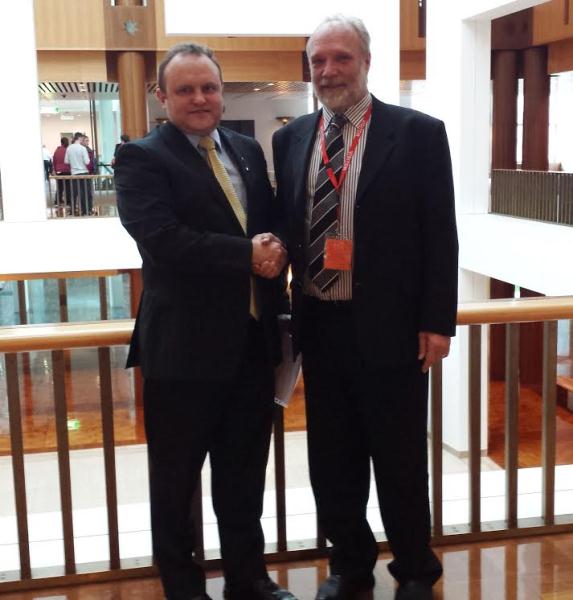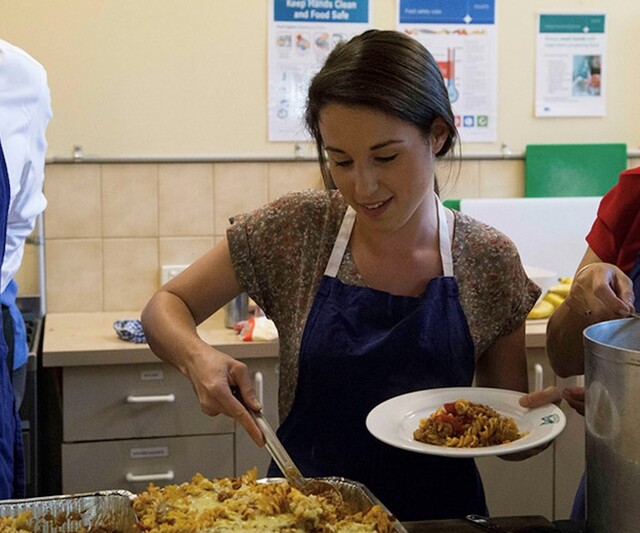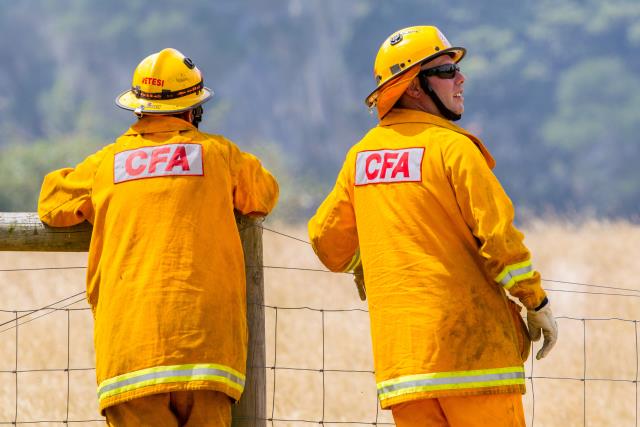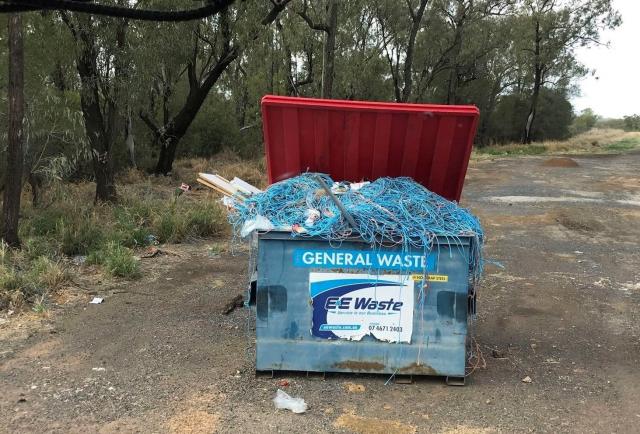By ANEEKA SIMONIS
EMERALD’S doctor shortage has driven a local GP to submit a request for legislative review. Emerald Medical Centre’s (EMC) Dr George Somers and Federal Member for La Trobe Jason Wood MP met with politicians in Canberra earlier this month to discuss the current restrictions on healthcare access.
Currently, EMC has over 12,000 patients on their books, serviced by just eight, mostly part-time doctors, making the equivalent of five and a half full-time healthcare providers.
If a council or shire’s ratio of doctors to patients roughly exceeds 1:1200, the Department of Health considers it an area of Doctor Workforce Shortage (DWS), enabling it to recruit overseas trained doctors.
Despite almost doubling that figure, EMC is not considered a DWS area as it belongs to Cardinia Shire, a growth corridor with plenty of medical facilities and doctors in more densely populated suburbs such as Pakenham.
Dr Somers said these areas skewed the data and the Department of Health needed to review Emerald independently of the shire.
“While 15 per cent of EMC patients live in the southern part of Yarra Ranges Shire, the majority live in the northern part of Ranges Ward of Cardinia. This area is geographically separated from the Cardinia growth corridor, 20 kilometres south, and is much more like the Yarra Ranges.
“Access to doctors should not be denied to the practices in the northern part of Ranges Ward,” he said.
CEO of Medicare Local’s South Eastern branch Anne Peek said the shortage was impacting on patients’ ability to access healthcare.
“It affects patients’ access to have an available GP. There are clinics being overloaded with demand and they can’t cope with requirements,” she said.
Dr Somers said employing more GPs would improve their ability to care for patients.
“If we were a DWS area, we could attract more doctors, provide a broader range of services and operate after hours … it’d also make it easier to keep up with immunisation, preventative health and education services,” he said.
Despite heavy advertising and financial incentives, Minister Wood they had not been able to lure young, local doctors to the practice.
“Local graduates aren’t willing to make the journey out to Emerald, so we need to find an alternate solution – again,” he said.
Currently, one of the EMC’s female doctors is away on long service leave and despite two female overseas trained doctors expressing interest in the position, government restrictions prohibit it.
“We just can’t offer (patients) the same access to after-hours service and female doctors,” he said.
Assistant Minister for Health Fiona Nash MP said the government would look to review the classification system but any changes made needed to be made through legislation.
Dr Somers’ submission would also request that Emerald’s zoning be changed from fringe metropolitan to rural.
He said the government was looking to reintroduce an infrastructure grant for rural healthcare providers but despite living around 50 minutes from Melbourne’s CBD, the clinic was not eligible.
“I would argue not many communities with around 15,000 people live over half an hour away from the nearest hospital with adequate healthcare support.
“Our practice is more akin to a rural practice than a metropolitan practice. We have extensive resuscitation equipment, because our critical patients need to be stabilised at EMC prior to transfer to the distant hospitals in Dandenong, Ferntree Gully or Berwick,” he said.
Dr Somers said EMC would use the potential grant to update the space, attract specialist staff and boost their education sector.
“It would give us more room to have a broader team-based approach to primary health care (and) attract specialist GPs to Emerald.”
Emerald has been considered a DWS area in the past, with five of its current eight doctors having been recruited from overseas countries during their eligibility, reviewed quarterly.







